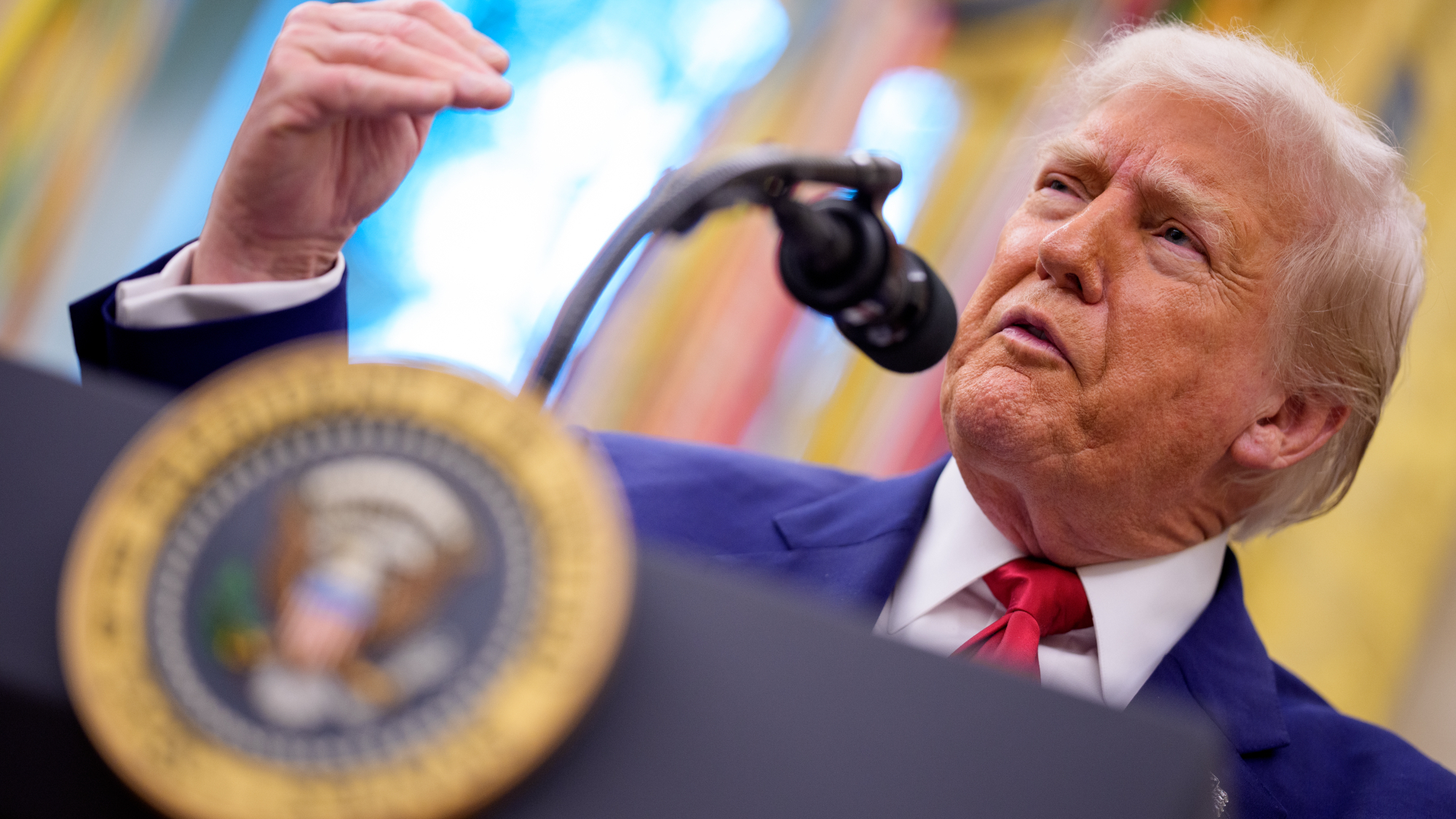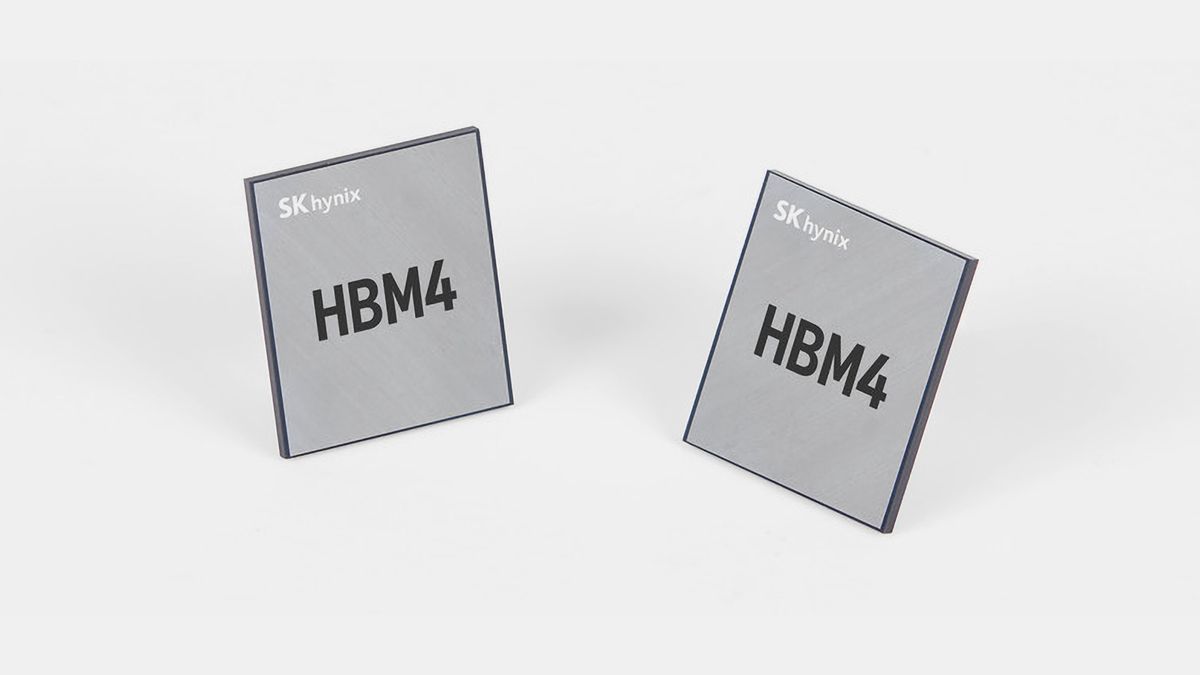President Donald Trump has released a new 20-page document outlining his strategy for keeping American AI technology at the global forefront. The White House calls it America’s AI Action Plan [PDF], and it focuses on three policy goals: accelerating AI innovation by removing red tape and regulation, building up American AI infrastructure, and encouraging the use of American AI technology among allies and nations friendly to the U.S
The document combines a series of policy recommendations for executive branch agencies with a call for input from stakeholders to identify rules that “hinder AI innovation and adoption,” allowing relevant government bodies to address them. The Office of Management and Budget (OMB) is also directed to “identify, revise, or repeal regulations, rules, memoranda, administrative orders, guidance documents, policy statements, and interagency agreements that unnecessarily hinder AI development or deployment."
The White House outlined its plans to bolster American AI infrastructure, encompassing data centers, chip manufacturing, and energy infrastructure. The last one is particularly critical, especially as the national grid struggles to keep up with the ever-increasing demand of AI data centers. AI has become so power-hungry that Elon Musk is importing an entire power plant just to have enough power for his Colossus supercluster.
Trump’s third push is for the U.S. to export its AI technology to its allies and partners, ensuring they’re dependent on American technology for their AI needs. This is similar to a goal that Nvidia CEO Jensen Huang has advocated — for the U.S. to disseminate its AI technology so that it will be widely adopted and become the standard globally.
However, export control expansion is also one of the policies enumerated in the document, with the document suggesting additional bans on component subsystems used in semiconductor manufacturing.
The order also directs the Department of Commerce, through NIST, to "revise the NIST AI Risk Management Framework to eliminate references to misinformation, Diversity, Equity, and Inclusion, and climate change."
The plan also recommends that the US federal government only work with LLM developers whose systems “are objective and free from top-down ideological bias.” This is a contentious issue in the President’s AI agenda and might even spawn legal battles that would last months, if not years. However, in the meantime, AI developers who want to secure a piece of the government pie will apparently need to align with the current administration's priorities.
These pillars listed by the White House indicate how it hopes to achieve supremacy in its AI race against China. This document is not an executive order, meaning it serves as a policy roadmap outlining what Trump aims to achieve. However, it’s also a preview of what we can expect from Washington in the coming months and years, and it gives every other government agency clarity and direction on the strategy the Oval Office wants to enact for AI matters.
Follow Tom's Hardware on Google News to get our up-to-date news, analysis, and reviews in your feeds. Make sure to click the Follow button.

 4 months ago
91
4 months ago
91






 English (US) ·
English (US) ·